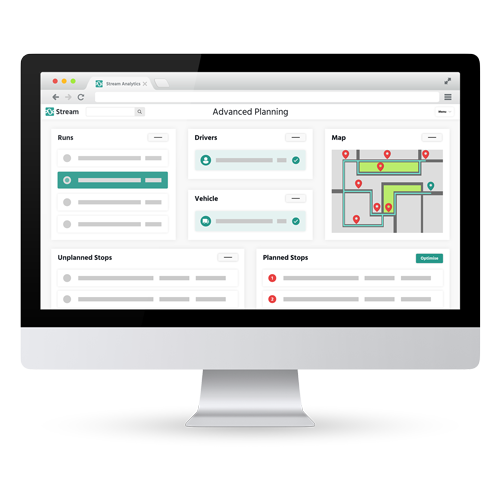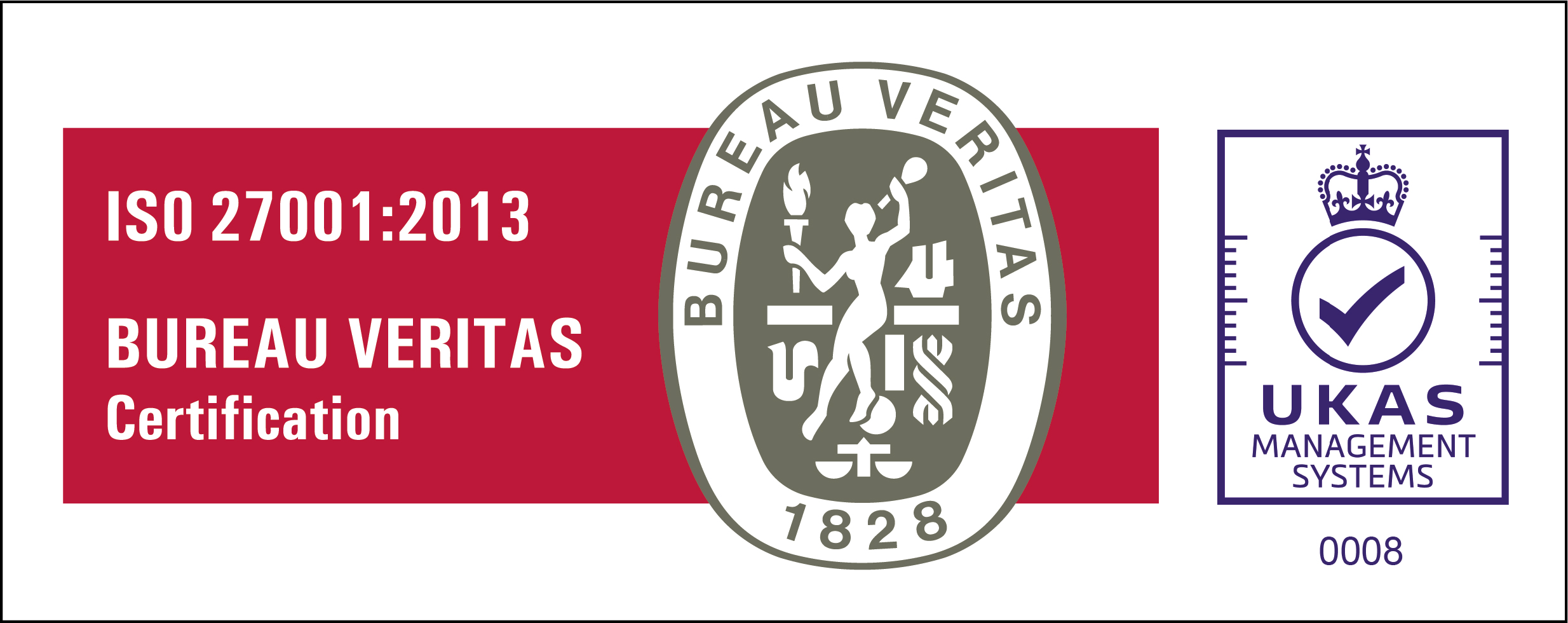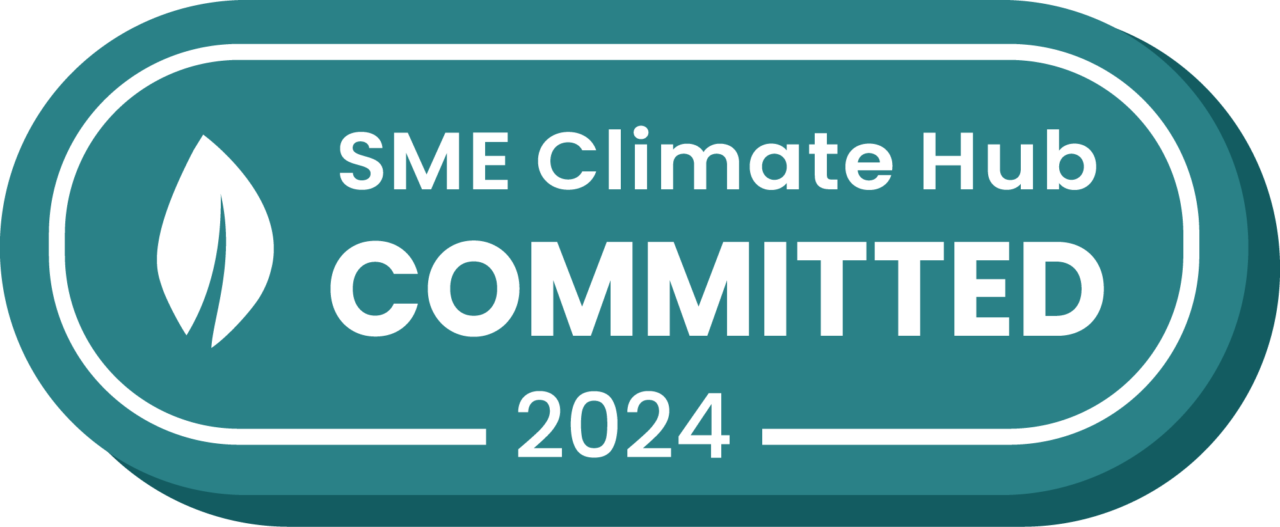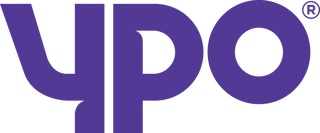Subscribing to a Transport Management System (TMS) can be a game-changer for own fleet businesses looking to streamline their logistics operations.
However, like any software or technology investment, it’s crucial to look below the surface and understand all potential costs involved in order to justify whether or not TMS Software is worth the investment.
Let’s delve into the hidden costs often associated with a TMS and what you need to know before making that purchase decision.
Understanding the benefits of using a Transport Management System (TMS)
Before we start looking at the hidden costs, let’s first understand some of the benefits of a TMS system in place.
These systems can provide real-time visibility into your logistics operations. They also help improve overall efficiency in many ways.
By automating routine tasks, a TMS saves time, reduces human error, and cuts costs in the process.

It can also set you on the road to Net Zero by reducing mileage. This is delivered through route planning and route optimisation features, which is a win-win for both sustainability and reducing costs.
Real-time visibility
A TMS system gives real-time information on delivery and collection jobs. This helps logistics and transport managers track and monitor progress. They can then make informed decisions and intervene should any of those particular jobs not run to schedule.
This visibility not only enhances operational efficiency but also improves customer satisfaction by allowing businesses to offer their customers accurate delivery tracking and delivery updates, as products pass from touchpoint to touchpoint.
Route planning and route optimisation
By using advanced algorithms, a TMS can plan the most efficient routes for deliveries and collections.
This results in big savings on fuel and time. It lowers both your operational costs and the carbon footprint of your fleet.
Automation of routine tasks
From scheduling deliveries and collections to generating electronic proof of Delivery (ePOD), a TMS automates many routine tasks, reducing manual input.
This lowers the chance of human error. It lets your team focus on important tasks, like planning, instead of admin work.
The real cost of a Transport Management System
While the benefits are clear, the pricing of a Transport Management System can be complex and varies from vendor to vendor.
It’s not just about the upfront cost; several hidden costs can impact your budget, so it is worth being aware of them.
Initial setup and customisation
The first hidden cost to consider is the initial setup and customisation. A TMS system needs to be tailored to fit your specific business needs.
Some operations will need certain features that may not currently be available on the platform you want to use. This can require custom development work and incur additional costs.
It’s important to choose a provider who knows your industry. They should offer a system that fits your needs and budget.
Onboarding, training and ongoing support
Implementing a new, complex system requires training your staff, which can be both time-consuming and costly.
Clear walkthrough guides and documentation, typically in the form of a Knowledge Base, is essential.
Furthermore, change management is crucial to ensure a smooth transition and to maximise the benefits of your TMS investment.
Integration with existing systems
It is advised that the TMS should integrate seamlessly with your existing systems. These systems can range from warehouse and inventory management systems to retail ERP and accounting software.
If it doesn’t, creating an integration (often through connecting to an API) can be complex and may require additional development work, leading to increased costs.
Ongoing maintenance and support
Like any technology, a TMS requires ongoing maintenance and support.
Annual support and maintenance renewal costs can add up over time, particularly if you need regular release updates or the system encounters technical issues.
It is worth noting that Stream has a subscription based pricing model. All support and ongoing maintenance of the application is part of the subscription.
Tips for managing TMS costs
To ensure you’re getting the best value from your TMS, it’s important to manage these costs effectively.
Conduct a thorough assessment
Before purchasing a TMS system, conduct a detailed analysis of what the vendor has to offer on each platform. Understand your current logistics challenges and determine which features are essential for your operations. This will help you avoid paying for unnecessary features.
Choose the right vendor!
Selecting the right company providing the TMS is critical.
Look for a provider with a strong track record (good reviews and social proof) and that offers transparent pricing. Ensure they have experience in your industry and can provide the necessary support and training.
Plan for ongoing costs
When budgeting for a TMS, plan for ongoing costs such as maintenance, support, and training.
This will help you avoid unexpected expenses down the line.
Conclusion
Understanding the hidden costs of a TMS is crucial for making an informed purchasing decision. While the system can offer significant benefits in terms of efficiency and sustainability, it’s important to consider all of the potential costs involved.
By conducting a thorough analysis, choosing the right vendor, and planning for ongoing expenses, you can ensure that your TMS investment delivers the best possible return.
A well-implemented TMS can transform your logistics operations, enhance customer satisfaction, and reduce your environmental impact.
By taking these considerations into account, logistics managers, sustainability officers, and e-commerce business owners can optimize their delivery and fleet management processes, ultimately driving business growth and improving customer experience.








